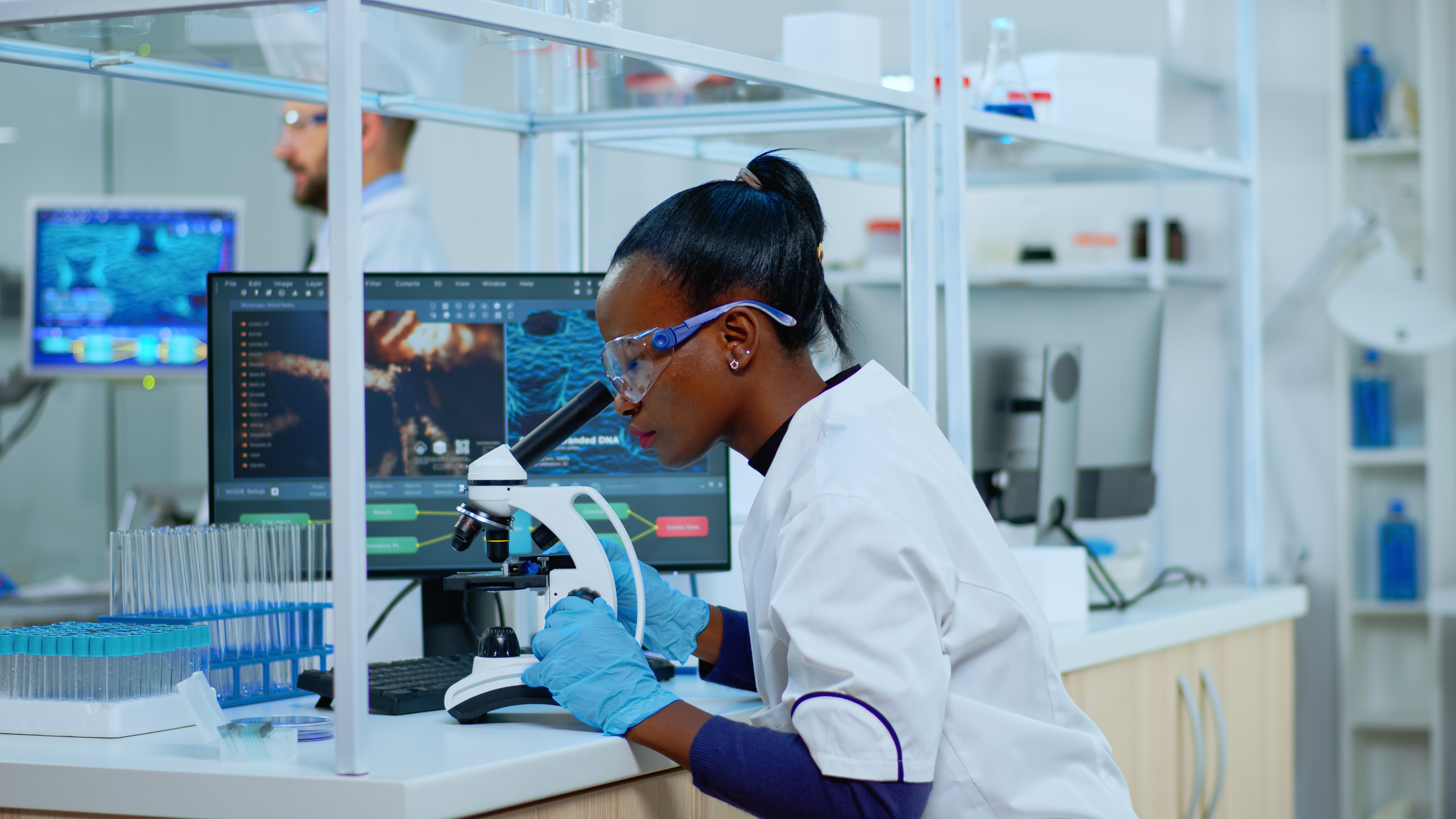200 Kshs | Home Collection Available
Routine Fungal Culture
Synonyms
Fungus Blood Culture, Mold Culture, Mycology, Yeast Culture, Routine Fungal Culture, Routine culture
Purpose
Routine fungal cultures identify fungal infections in body fluids or tissues by detecting specific pathogens, such as Aspergillus, dermatophytes, and Candida. When the fungal culture detects the Candida pathogen, a blood culture can be done to determine how far the fungal infection has spread.
Subsequently, if the fungal culture detects Aspergillus pathogens, a sputum culture can be done to determine whether the infection has affected specific organs, such as the lungs. By combining these cultures, healthcare providers get a better diagnostic picture, helping to tailor treatment.
Patient Preparation for Routine Fungal Culture
No special preparations are required.
Samples
Collect 2 mL or 1 cm³ tissue, 10 mL blood, whole nail, and 5 mL aspirates in a Sterile container for fluid or tissue or a blood culture bottle. To collect urine samples, use the clean-catch midstream method. Cleanse the skin area with 70% alcohol and collect a portion from the active border of the lesion. Add a small amount of sterile, non-bacteriostatic water to the Biopsy sample to prevent drying.
Refrigerate the nonsterile respiratory specimens and store other samples at room temperature.

Reference Range
Presence/Absence of fungi
Results Turnaround
40 – 50 days after receipt of samples.
Diseases / Diagnostic Indicators
Fungi in body tissues or fluids are often associated with superficial or systemic fungal infections. Superficial infections include vaginal yeast infections, athlete’s foot, and ringworm.
Candida or dermatophyte pathogens cause these infections, which have symptoms such as discharge, itching, and scaling. However, the symptoms can vary depending on the affected area. In severe cases of fungal infections, a routine culture helps detect systemic diseases, which commonly affect immunocompromised individuals, such as cancer patients.
In addition, the culture ensures accurate diagnosis by identifying the specific pathogen causing the infection, which helps to tailor effective treatment. For further reading on routine fungal cultures, visit this PubMed article.




